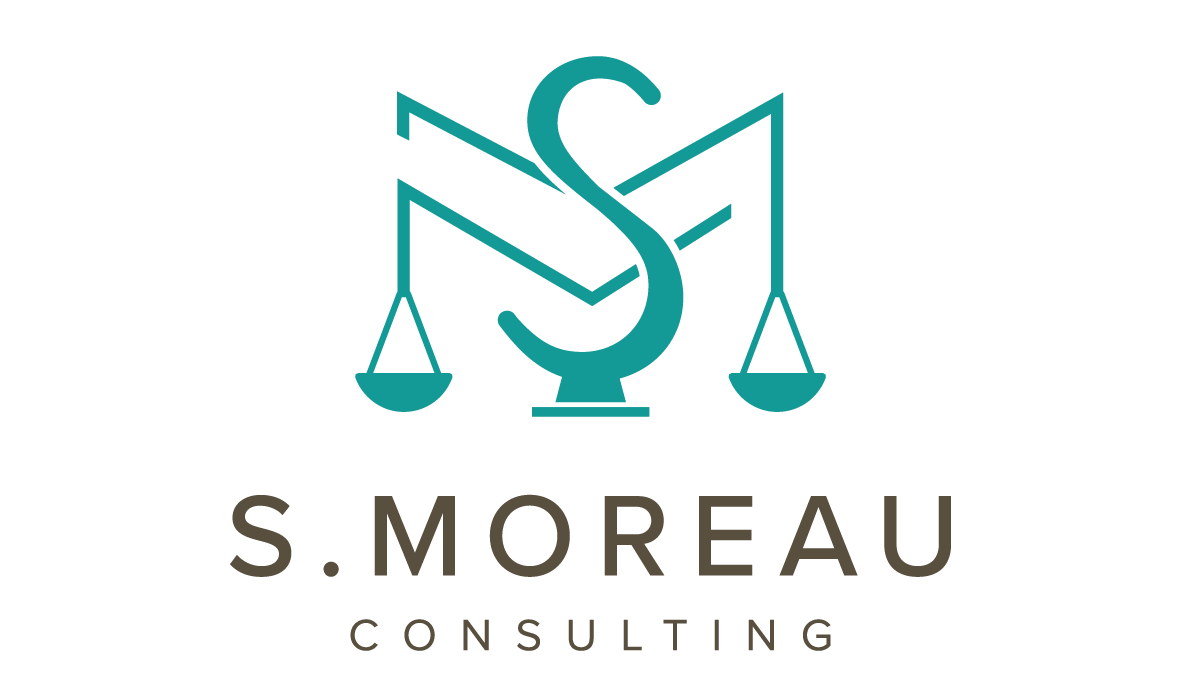Social media has provided individuals with an unparalleled ability to voice their opposition to anything they find disagreeable.
Notable instances of this phenomenon include when Gary Lineker drew a comparison between the language used by the government and that of Nazi Germany, resulting in his temporary suspension from the BBC.
Furthermore, presenter Fiona Bruce found herself embroiled in a social media controversy after reading remarks on air about Stanley Johnson that were seen as downplaying the seriousness of domestic abuse. As a consequence, she has since resigned as an ambassador for the domestic abuse charity Refuge.
However, when it comes to employees facing similar scrutiny on social media, what role does HR play?
Sophia contributed to this article that was featured in the online publication; HR Magazine
Abuse that employees may face, particularly if they are from marginalised backgrounds, is very common on social media. It’s not uncommon for people to report receiving death threats. The knock-on effects can lead to physical effects including low mood, difficulty concentrating and difficulty sleeping.
It is key that employers find out what staff need and how they’d like to be supported. No two people will want or need the same thing in the context of bullying or abuse on social media.
Employers should make a clear distinction between scrutiny and abuse. Some scrutiny is completely fair in public platforms where discussion is expected.
Therefore, HR must find out what has happened before determining the organisational approach. It may be that the organisation needs to produce a statement condemning the circumstances, or they might need to show solidarity with the employee outwardly.
Finally, employers need to review their wellbeing approach and ensure all managerial staff are equipped to support employees in this space.
